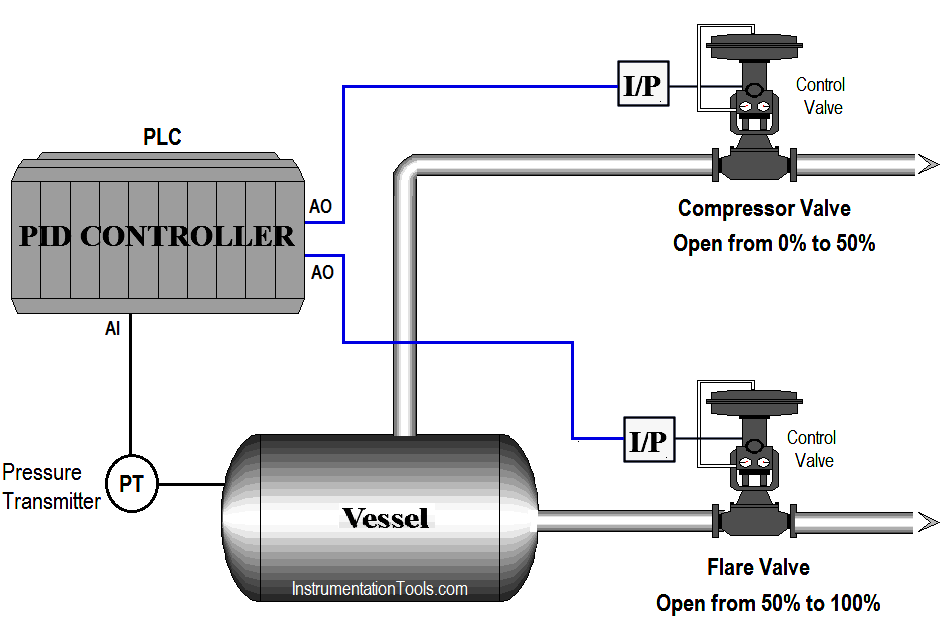
When the sequence completes a cycle it stops and waits for the operator to push the start button again.

To activate the sequence the operator decides if the trolley is unloaded and safe to run, then pushes the start push button. It also has a sensor to detect if the loading area is clear and is safe for the motorized trolley to start moving. It has a sensor to detect if there is a pallet on the trolley. The motorized trolley has a limit switch for the unloading and loading positions so it can stop in the correct place. Then reverses back to it’s starting position ready to be unloaded by a forklift operator and put into the back of a truck for transportation. Accepts a pallet of produce from an automated crane. The trolley runs forward to a certain position. Let’s follow on from our motor control example used earlier and define a sequence utilizing a motorized trolley. If you don’t know what hold in logic and Set/Reset symbols are then click here. The sequence start, stop and steps require latching logic using either hold in logic or Set (latch) Reset (Unlatch) symbols. We can create multiple sequences, parallel sequence branches and add logical expressions and timers to help control it. Once we know the basic sequence ladder logic structure we can modify it to suit the process requirements. There are various ways to structure the sequence ladder logic but as a minimum it must contain four essential items of code…. The 4 Essential Elements of PLC Sequencer Logic Types of PLC Sequencer LogicĪ sequence can either be cyclic or linear.Ī cyclic sequence moves through the sequence steps and when the final step is completed the sequence automatically restarts from the beginning and keeps repeating the sequence until a stop command is initiated.Ī linear sequence moves through the sequence steps and when the final step is completed stops and sits idle until a start command is re-issued manually by the operator. The complexity of the sequence ladder logic program will depend on the specific process outcomes required.Įven with the tooth brushing example above some of the steps can be broken down even further.įor example step 3 can be broken down into three steps with significantly more detail….ģa) Position the toothpaste nozzle at the far end of the toothbrush head.ģb) Squeeze the toothpaste while moving it lengthwise along the toothbrush head until it reaches the end of the toothbrush head.ģc) Stop squeezing the toothpaste and place it in the toothpaste holder.

To automate an industrial process with a sequence we use the same concept. Brush your teeth with the toothbrush for two minutes.To illustrate how sequence steps are derived for PLC Sequencer Logic let’s look at the sequence of events required for a common household task, brushing your teeth….

It’s a good idea to declare the sequence steps as internal variables, which in turn can be used multiple times in the program if required. The basis to develop a sequence in ladder logic is to use sequence steps.
#Plc programming shifting bits for sequential lights series#
Applications that require sequencer logic include conveyor systems, palletizing machines, batching plants, packaging machines, storage and retrieval systems and the list goes on and on.Ī sequence in industrial automation is merely a series of actions required to be taken to achieve a specific outcome arranged in an orderly fashion. PLC sequencer logic is an essential component to have in your quiver of ladder logic sample code.It forms the backbone to the majority of processes for industrial automation.


 0 kommentar(er)
0 kommentar(er)
